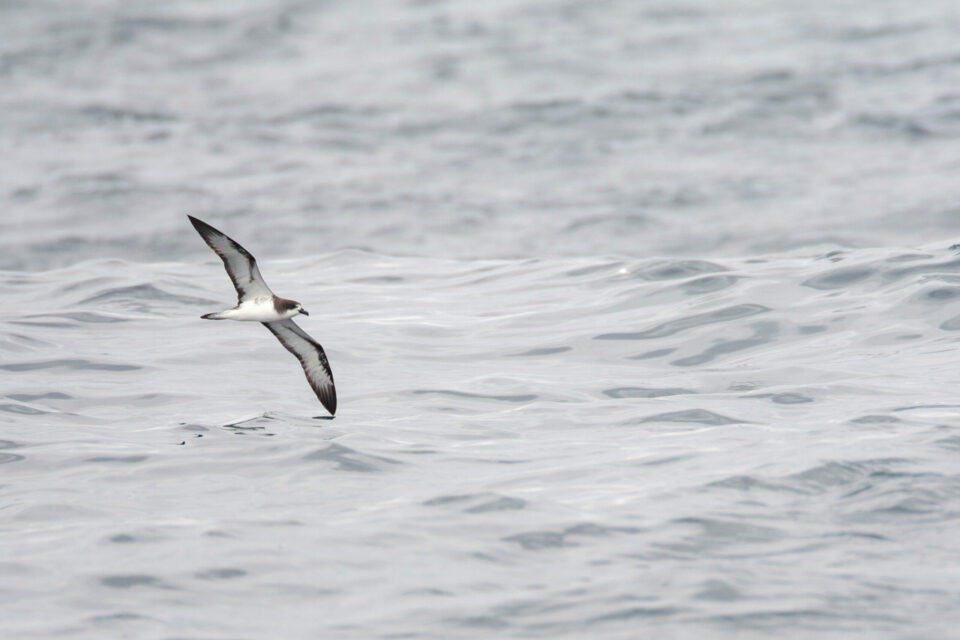
Island overview
Marchena takes its name from a Spanish monk, Fray Antonio Marchena, who was among the first people to visit the island.
Marchena covers an area of 130 km² including a caldera reaching 343 metres and young lava flows covered in lush vegetation. Although most volcanic eruptions in Galapagos nowadays occur on the westernmost islands of Fernandina and Isabela, Marchena experienced an eruption in 1991, the first recorded on the island for at least 100 years.
The Marchena lava lizard is endemic to the island, and Galapagos hawks can be seen in the skies overhead. Other bird species include blue-footed and Nazca boobies, red-billed tropicbirds, Galapagos shearwaters, Galapagos petrels and brown pelicans.

Although there are no tourist landing sites on the island itself, Marchena is surrounded by exceptional diving and snorkelling spots, and one of the best places for viewing marine wildlife is Punta Espejo, with hammerhead and Galapagos sharks particularly abundant. On the southwest coast there is a series of grottos and coves that are frequented by fur seals. Dolphins and sea lions are also present, as well as sea turtles, rays, moray eels and garden eels. Bats can sometimes be seen on the beach, as well as across the island. A second dive site, Punta Mejia, is situated on the southwestern side of the island, where rays, eels and numerous species of fish can be observed.
Wildlife highlights


Blue-footed booby

Galapagos fur seal

Galapagos petrel
Conservation challenges
With no terrestrial visitor sites, Marchena is rarely visited by anyone, including scientists and park rangers, but unfortunately this does not mean there are not problems for the wildlife caused by humans. Feral goats and little fire ants are the two species that have had the most detrimental effect on the island, and both were introduced by humans.
There have been two programmes carried out on Marchena in recent decades in the hope of eradicating these highly damaging invasive species. Goats were first released onto Marchena around 1967 and caused a huge amount of damage to the local wildlife populations. In order to correct this, an eradication program ran from 1970 to 1979. At the end of the programme, the island was declared free of goats. During the Project Isabela years, goats were once again found on Marchena, but quickly eliminated by park rangers. So-called ‘Judas’ goats, sterilised and fitted with a radio collar, were then released on Marchena as well as other islands, to ensure that any potential introduction could be dealt with rapidly by leading the rangers to any remaining feral populations.
The little fire ant was first found in Marchena in 1988. An eradication programme eventually reduced the size of the known infested area, but the species remains a threat. A key concern for Marchena is the possibility of the further introductions of these or other aggressive exotic species.


